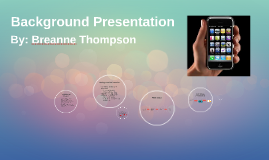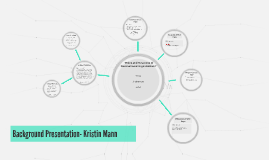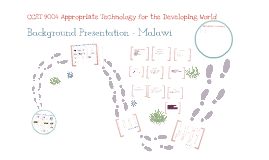Diversity Presentation
Transcript: Communication Child Rearing Child Rearing Children in the Confederacy were expected to listen in on council meetings and learn the traditions and rules of the Confederacy so that, when the next generation came, they would be able to take over. The children also made little baskets for collecting berries and other reliable food. Iroquois mothers, like many Native Americans, traditionally carried their babies in cradleboards on their backs--a custom which many American parents have adopted. individualistic vs. collectivist Native Americans Communication individualistic vs. collectivist Guidance and Discipline Practices The Navajo language is very difficult for non-Navajos to understand because of the precise way in which one object relates to another. These relationships may seem unimportant to outsiders, but are exceptionally important to the Navajos. Their view of life, which is that everything they do and that happens to them is related to the world around them, is very apparent in the way they speak. For example, a Navajo would not say, "I am hungry," but instead would say, "Hunger is hurting me." It has been said that in Navajo, words paint a picture in your mind. American Indians taught to respect life, and were viewed with love and caring. It is said that American Indians love their offspring the most of any in the world, and treat them with great mildness.The children were encouraged to play in such ways that would train them for adult responsibilities. Self-control and self-restraint in the presence of elders was one of the first thing the children learned. If elders were talking, the child was taught to cease talking, be quiet, and listen. The parents had the main responsibility for support of their children. However, it was the grandparent who was the main disciplinarian. The belief was that the elders had lived a long time and learned much; they wanted their grandchildren to learn all that they (the grandparent) had found out in their life. Rigorous training was used to teach the children moral standards and to develop character. Respect for parents and grandparents was expected and received. Commonly used discipline methods for young Indian children were talking to the children and taking privileges away. Finally, even though specific child-rearing customs varied among the different tribes, a common thread that links the tribes is the high degree of importance they attached to childhood as a period of development and the strong sense of responsibility they felt for their children's welfare. Iroquios •1830 Andrew Jackson’s “Indian Removal”, forced Native Americans to Oklahoma, losing many members along the way. •Reestablished themselves in Oklahoma and made a new community with schools, churches, and businesses •There are 300,000 tribal citizens still in the Cherokee tribe. Rituals and Religious Practices The Navajos have never stopped speaking their native language, unlike many other native peoples who are trying to revive their languages. The Navajo language is spoken only on the Navajo reservation in the southwestern United States, and until recently was an unwritten language. It is an extremely complex language with no alphabet or symbols. It is very reflective of the Navajo way of life and their world. To be able to speak Navajo, one must have extensive exposure and training. Navajo is a tonal language, meaning the vowels rise and fall when pronounced, changing meaning with pitch. There are four separate tones of voice used: low, high, rising, and falling. Two separate words with different meanings may therefore have the same pronunciation but with different tones. Some Navajo words are also nasalized, meaning that the sound comes through the nose instead of the mouth. Cherokee Iroquios There were six different languages spoken by the Iroquois nations: Mohawk, Seneca, Oneida, Onondaga, Cayuga, and Tuscarora. These languages are all related to each other. Some Iroquois people could speak more than one of these languages. In particular, important Iroquois men usually learned Mohawk, because Mohawk was the language they usually used at the Great Council and at Iroquois religious festivals. Most Iroquois people speak English today, but some people, especially elders, still speak the native language of their own tribe Navajo Communication - Ritual called “going to water” • Done at new moon, before special dances, after bad dreams, and during illness • Cleansed he spirit as well as the body • Face east, step into river or creek, dip under water several times • Done at sunrise - Annual Green Corn Ceremony • Held each year at harvest • Unused corn from previous year burned • Town’s sacred council fire put out • New fire started • New year’s corn harvest presented • Feast begins - Can describe ritual of going to the water as a way that makes them feel better - Green Corn Ceremony sounds like a harvest every year almost like Thanksgiving -Great spirit that animated all things •Cannot not communicate

















